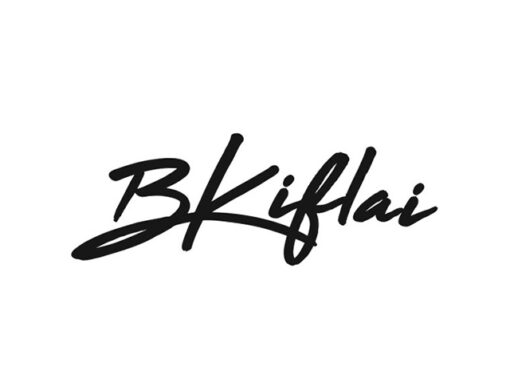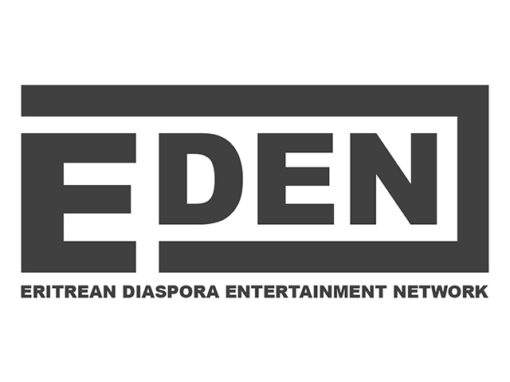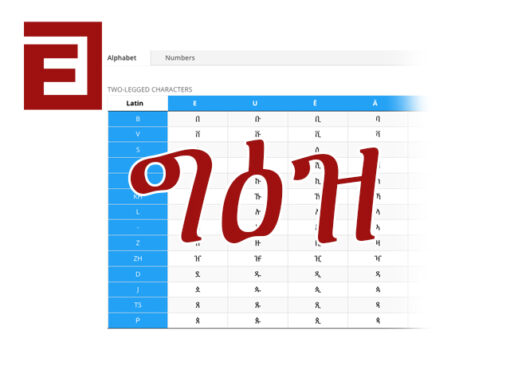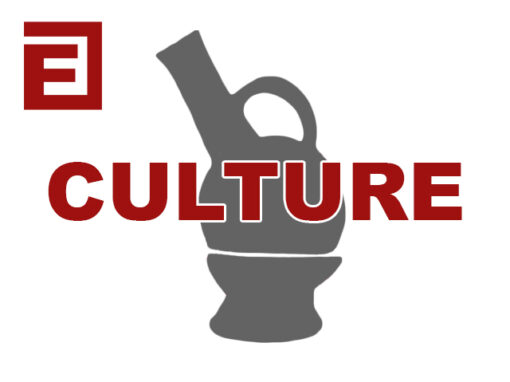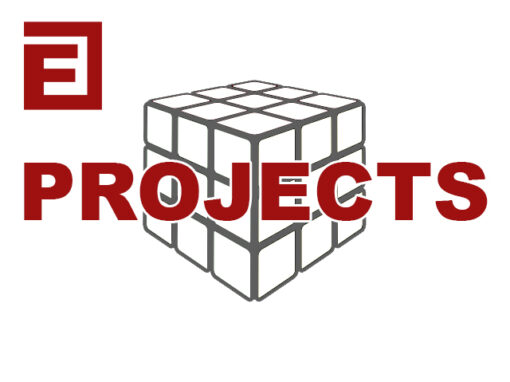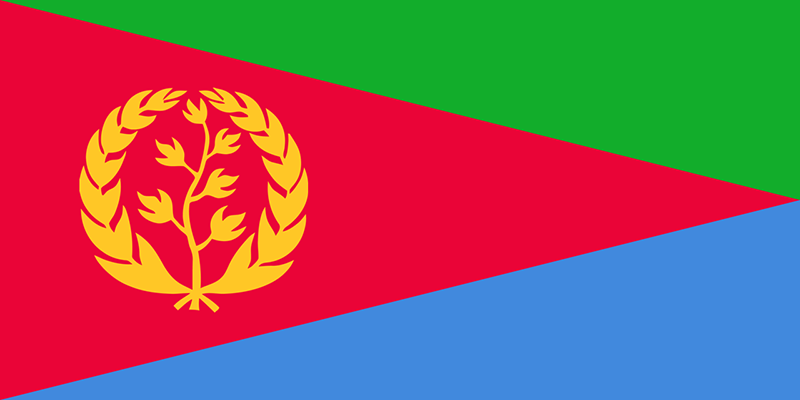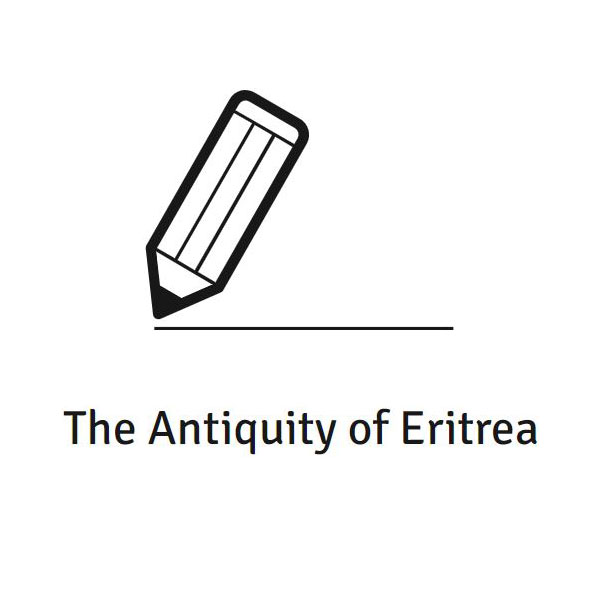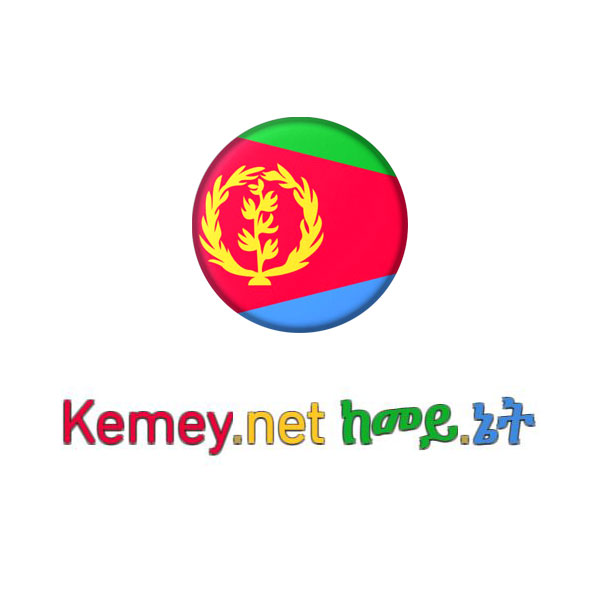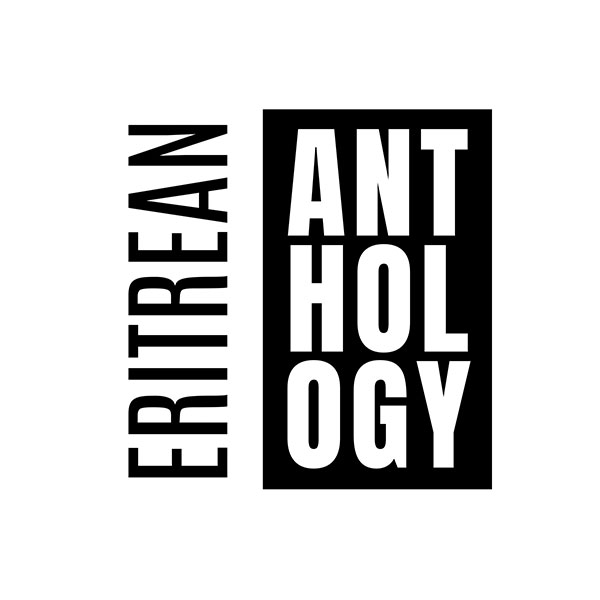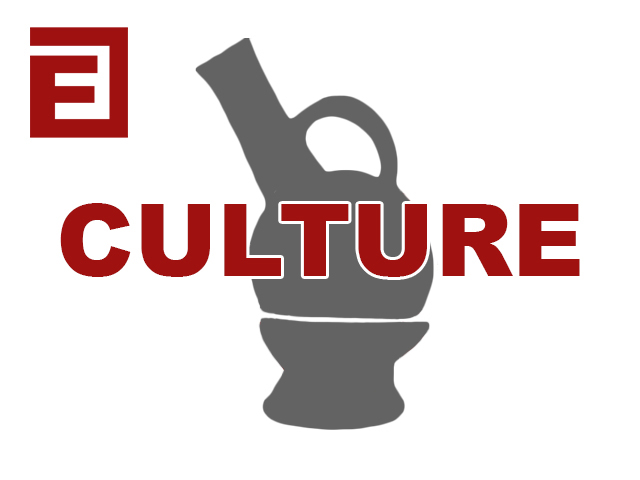
Eritrean History, Culture and Identity
From the Land of Punt, Italian Colonization, Ethiopian “Federation,” British Administration – to the successful War of Independence, the land that this young nation represents has history. One thing is consistent, though. Culture. Nationhood and self-rule has helped preserve the shared identity of this prideful community.
If I had a nickel for every time I’ve said: no hablo Español in response to something said in Spanish – and have been hit with: ¿Por Que? then, I would have been a millionaire 🤑 Shout out to all the Eritrean girls that got offended by the “you look mixed; you don’t look African” statements 🙅♀️ Shout out to those who didn’t because they replied “something African” when asked to “say something African” 🥲
Nowadays – in this information age – people know of Eritrea/ns. HOWEVER, knowing of and knowing about are two different things. That said, this page is dedicated to providing elementary information on Eritrea – for the second generation Diaspora Eritreans and others who still “want to visit Africa one day” 🥴
Eritrea (/ˌɛrɪˈtreɪ.ə/ or /ˌɛrɪˈtriːə/;[9] Tigrinya: ኤርትራ, ![]() listen (help·info)), officially the State of Eritrea,[10] is a country in the Horn of Africa, with its capital at Asmara. It is bordered by Sudan in the west, Ethiopia in the south, and Djibouti in the southeast.
listen (help·info)), officially the State of Eritrea,[10] is a country in the Horn of Africa, with its capital at Asmara. It is bordered by Sudan in the west, Ethiopia in the south, and Djibouti in the southeast.
